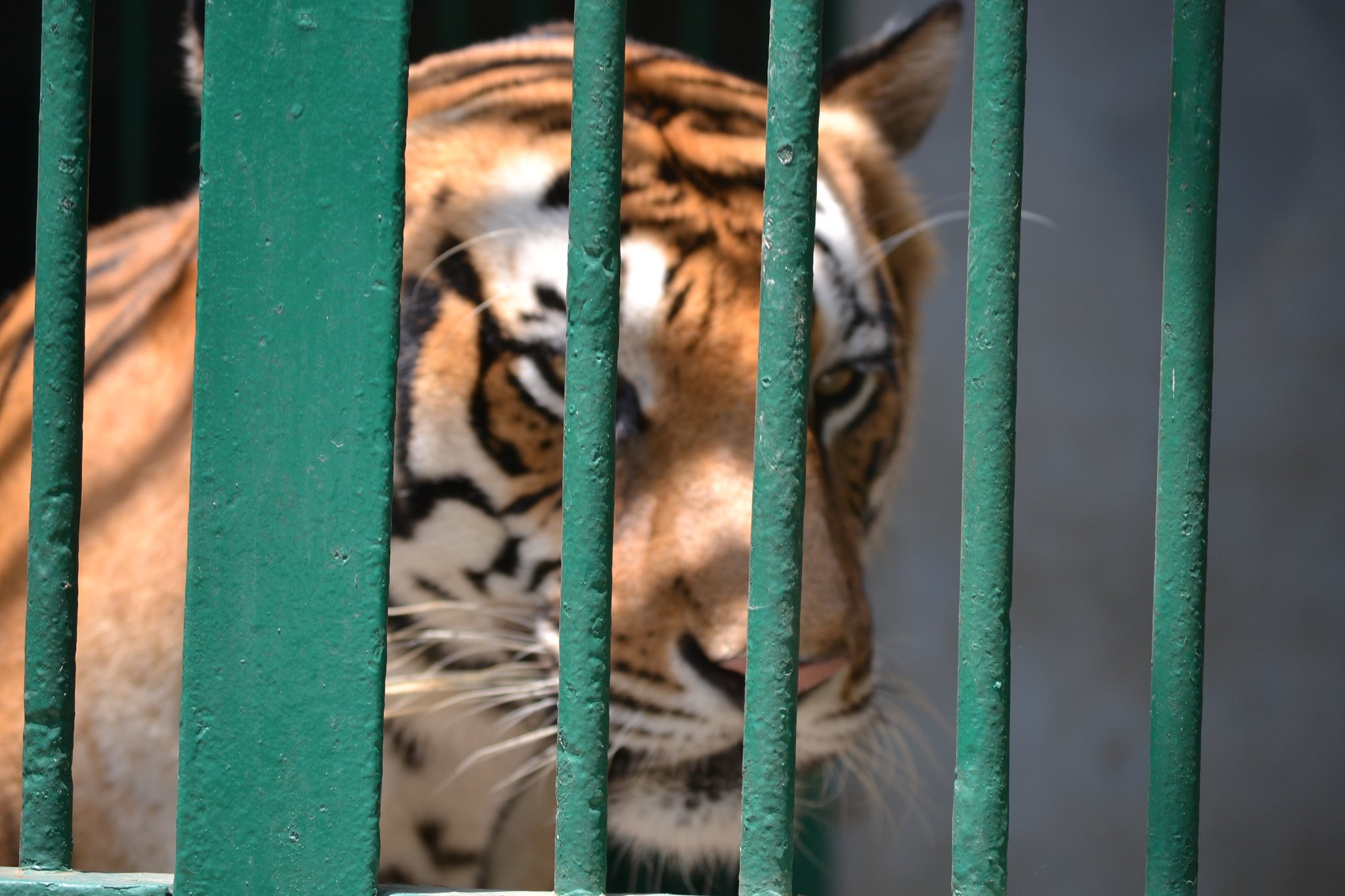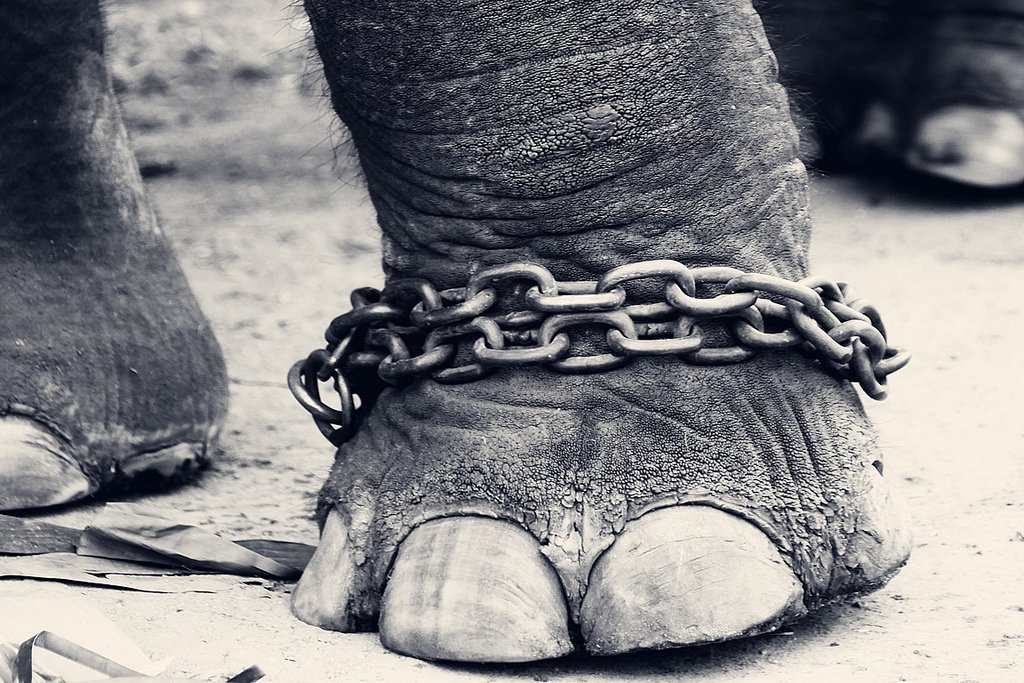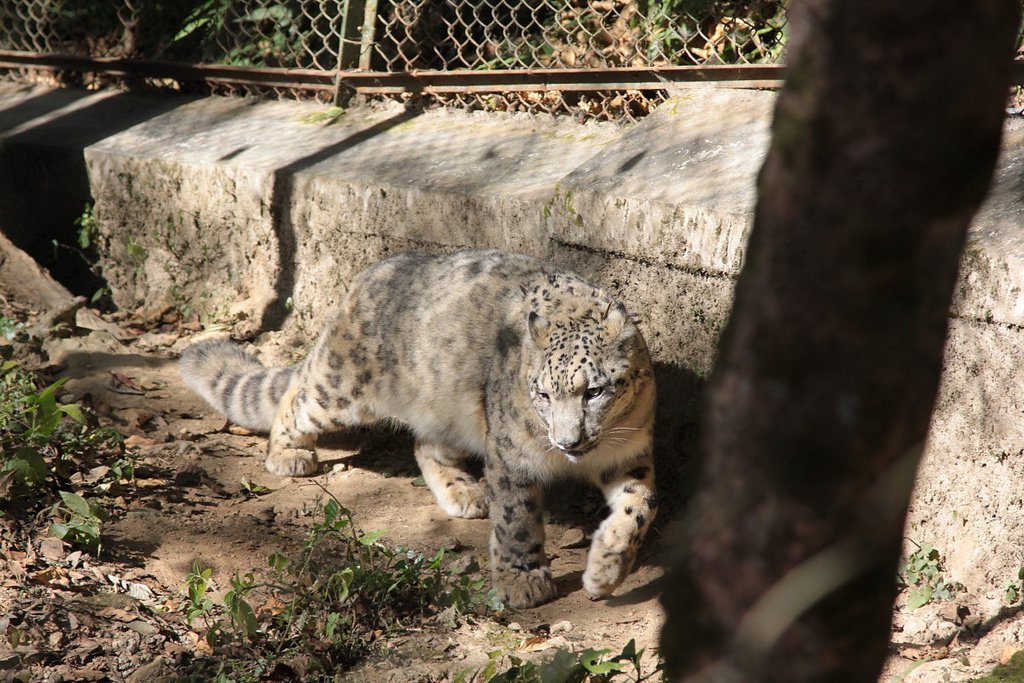The world is divided over the killing of Harambe, the endangered Silverback gorilla in Cincinnati Zoo who was shot dead to save a child that had fallen into the animal’s enclosure.
On one hand, there was immense outrage on social media condemning this “cruel” incident but there were several, including former zookeeper Amanda O’Donoughue who defended the zoo’s controversial decision.
But we ask more fundamental questions – Should zoos even exist in the first place? Should Harambe been in that cage at all? Should zoos look to conserve natural habitats rather than place animals in a prison? What is a zoo really meant to do?

Maneka Gandhi, Union Minsiter for Women and Child Developement advocates banning of zoos. “Zoos are hell on earth and should all be closed down. In any case they are no longer places where people bring children to. Most of them are for anti-social elements who simply tease these poor caged creatures till they die.” She said.
When ScoopWhoop spoke to the People for the Ethical Treatment of Animals (PETA), they too shared the same sentiments as Gandhi on this issue. “Zoos have no place in a civilized society, and they must be phased out and the money spent on them should be used to save the animal’s natural habitat and forests.”
Shubhobroto Ghosh, author of Indian Zoo Inquiry and a Dreaming In Calcutta and Channel Islands, had a different take on it. Speaking to ScoopWhoop, he said that zoos must not be banned.

However, he made it amply clear that, “Zoos will serve their purpose better by turning into rescue centres for abused wildlife and undertake breeding programmes only when there is a genuine possibility for reintroduction in the wild. In short, it is simply not on to stick animals in cages and leave them and then claim conservation.”
Ghosh also emphasised on the need to educate visitors before entering the Zoo. “Everyone, especially children must be taught how to behave, what to do, what not to do inside a zoo so that kids don’t throw stones and eatables at animals who are already in distress.”
He also pressed on the fact that animals are kept in zoos for wildfire conservation and not for entertainment. “We should come out of this mindset which makes it socially acceptable to have animals in captivity for entertainment or as picnic outing,” said Ghosh.
Maneka Gandhi also touched an important point that, “most of the animals are clinically depressed and want to die.”
This BBC report which claims that animals too become mentally ill, corroborates Gandhi’s claims beautifully.
Whether they are pets, or animals kept in ill-managed zoos and circuses, they can become excessively sad, anxious, or even traumatised.
PETA also claims that since July 2005, they have investigated more than 30 zoos throughout India and found “appalling neglect, decrepit facilities and animal suffering on a massive scale”.
A male tiger requires a territory that covers 60 to 100 square kilometers. Sadly, most zoos offer only a fraction of it.
PETA went on to add that, “Many live in concrete and iron cages that do not have any enrichment or even a blade of grass. Some cages are so small that the animals can barely move. Many animals exhibit neurotic and abnormal behaviour, including pacing, head-bobbing and extreme agitation.”

This unusual behaviour is apparently called “zoochosis” which is “psychosis caused by confinement, reports Huffington Post.
Ghosh however adds that there are many zoos who are compassionate about animal welfare and treat their animals with love and respect. However, here’s the truly depressing part:
“There are only 10% of such zoos in India,” claims Ghosh.

And that is why — for now — you need to stay away from zoos. They are little more than freak shows designed to make money and do little else.
As Dr. Archie Carr — a zoologist and conservationist who is considered “the father” of sea-turtle research and conservation — once said: “For most of the wild things on earth, the future must depend on the conscience of mankind.”

















